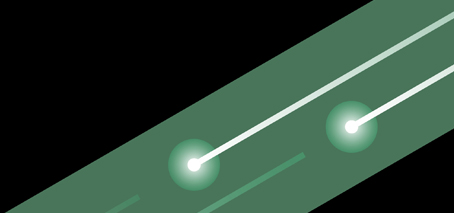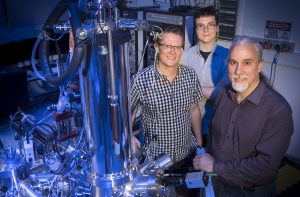Yesterday’s ARC Discover Project announcement saw FLEET research and researchers across three Australian universities awarded additional funding.
Across five separate grants, over $2.6m new research funding went to projects and facilities led by FLEET researchers, complementing FLEET’s search to develop ultra-low energy electronics and boost related areas of research.
Australia’s Minister for Education Dan Tehan yesterday announced almost $285 million in funding for 660 new research collaborations to start next year.
See the full list of funded projects on the Australian Research council website.
The FLEET projects were:
- Michael Fuhrer, Mark Edmonds (Monash University) and Shaffique Adams (NUS) $715,000 Tuning electronic and optical properties in twisted 2D semiconductors A family of novel electronic materials will be built and studied: layers of stacked atomically-thin semiconductors, to realise new electronic phases and new low-energy electronic devices. *details
-
Julie Karel (Monash University) $235,000 Towards room-temperature multiferroics by doping and ionic liquid gating. New multiferroic materials will be developed for high performance computing and data storage technologies. *details
- Alex Hamilton (UNSW) $582,000 A new spin on semiconductor quantum information technology. This project will work with leading European laboratories to develop quantum computer components based on hole spin in quantum dots in industrially relevant semiconductors, and demonstrate a pathway towards a scalable quantum computer architecture. *details
- Matt Davis (UQ) $480,000 Spin vortex dynamics in a ferromagnetic superfluid. This project aims to understand and manipulate spin vortices in a magnetic quantum fluid, one of the cleanest and most controllable magnetic systems. *details
- Joanne Etheridge (Monash) $650,000 Revealing the atoms that control performance in photoactive perovskites. This project aims to develop new electron microscopy techniques that will unambiguously determine the elusive structures of photoactive perovskite compounds under static and operational conditions, while correlating crystal structure with solar cell device performance. *details



